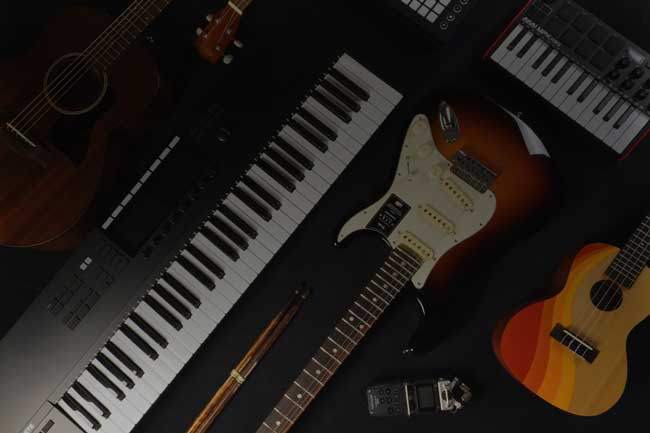- Catalog #: RND-P2MB
Offered here with a black faceplate, the Rupert Neve Designs Portico II Master Buss Processor is more than a stereo VCA compressor: it's a multifaceted machine that can add weight, density, glue, transparent gain, subtle harmonics, grit, width, low-end emphasis, limiting, and more to your program material. As such, it is an ideal unit for mastering engineers, or high-end mixers looking for something to take their stereo-buss work to the next level.
At the core of the Master Buss Processor is an exceedingly versatile VCA compressor with standard attack, release, threshold, and ratio controls. Use it in feedback mode for a more relaxed sound, or clamp down harder and faster with feedforward circuitry. This feature, combined with a selectable high-pass filter and a PEAK/RMS switch for the detector circuit, allows you to tailor the compressor to your exact needs.
After compression, drive the signal hard with makeup gain and feed the one-knob limiter, which can help you achieve desired loudness out of the box without clipping your A/D as hard. You can also use a lighter touch: because of a mix knob, you can dial the effect back into the dry signal, using parallel compression to transparently reign in levels. The choice is yours.
Apart from the compressor, you'll find Rupert Neve Design's customary silk circuit, a useful tool for adding harmonic distortion. Switch between red and blue modes for different flavors. Blue is more dense, and red is more crisp, favoring the high-end. You can dial in the amount of distortion with a dedicated knob.
One must pay attention to the Stereo Field Editor, which is an incredibly euphonic way of shaping the stereo spread of program material. A click or two of the width knob can add the width you're often looking for in mastering without deleterious results. Use the effect in broadband, or focus it on the lows, low mids, high mids, or highs for a targeted response. The depth knob affects the center, and it too has frequency controls. Often you can bring out a kick, bass, or vocal part with a touch of this control. If you choose, the Stereo Field Editor section can be fed into the compressor itself, giving you truly useful mid-side compression.
This is a stereo compressor with independent controls. A handy link switch lets you manipulate a stereo signal with ease, or you can work in dual-mono if you choose, which can be useful for recording as well as mixing or mastering. Side chain inputs as well as the customary XLR I/O are located on the rear of the unit.
Gain Controls
Limiter
Hardwire Bypass
Texture
FF/FB
Peak/RMS Switch
Selectable Sidechaining
LED Meters
Stereo Field Editor Controls
Selectable, Useful M/S Compression





